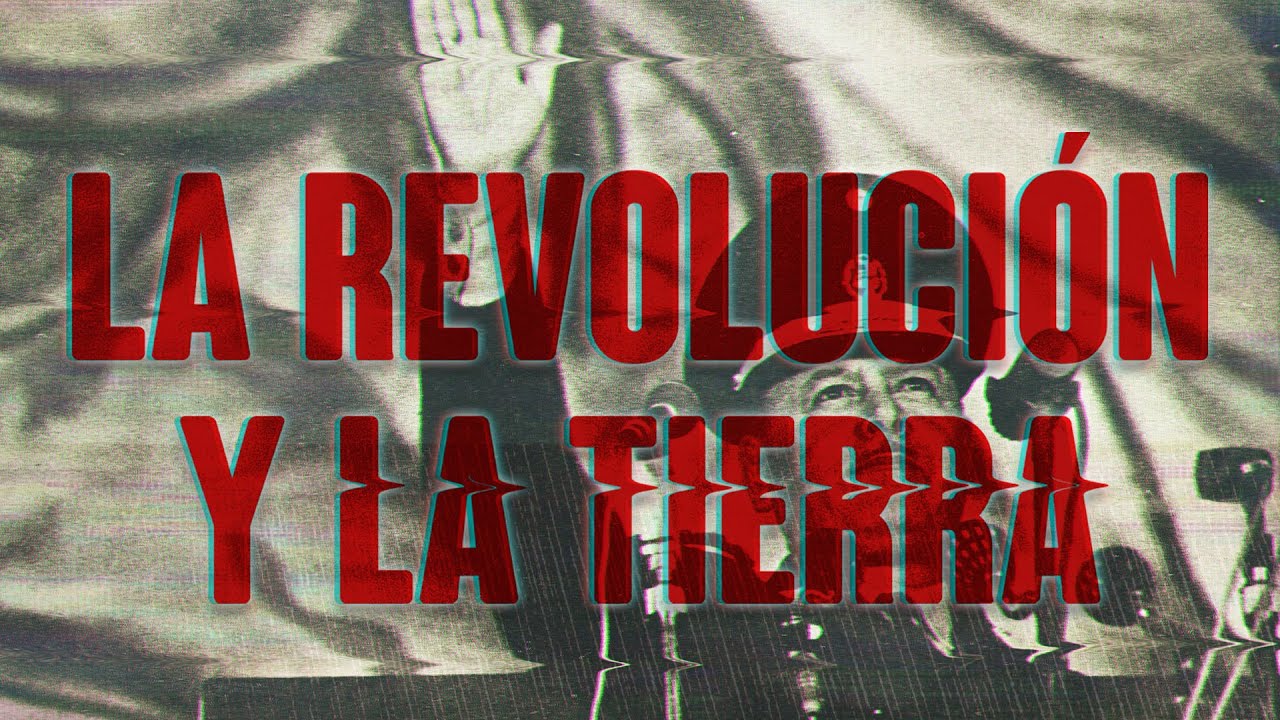Mughal Invasion of India: How did Babur establish the Mughal Empire in India? Medieval History UPSC
Summary
TLDRThe video explores the tumultuous period of the 15th century in Central and West Asia, marked by perpetual conflict and instability. It highlights the weakening of foreign powers and the rise of autonomous leaders in these regions. Despite being cultural hubs, these areas were plagued by financial struggles due to ongoing warfare. The narrative underscores the challenges faced by these regions and their impact on broader geopolitical dynamics during this time.
Takeaways
- 😀 The 15th century saw a period of perpetual conflict in Central Asia and West Asia.
- 😀 The region of Central Asia was a key cultural center during this time.
- 😀 Financial challenges and weakened foreign relations were significant issues during the 15th century.
- 😀 Autonomous leaders were common in these areas, particularly in 1525.
- 😀 Conflicts in both Central Asia and West Asia were intertwined, contributing to instability.
- 😀 The cultural richness of Central Asia was impacted by the ongoing conflicts.
- 😀 Despite the perpetual conflicts, there was a continuation of foreign influence in the region.
- 😀 The 15th century was marked by both internal and external pressures on leadership.
- 😀 Financial instability played a key role in weakening the effectiveness of leadership.
- 😀 The script concludes with a note of gratitude, implying the importance of resilience despite the challenges.
Q & A
What time period does the script primarily discuss?
-The script mentions the 15th century, particularly in Central Asia and West Asia, with a focus on events around the year 1525.
What does the script say about leadership in the discussed regions?
-The script refers to 'autonomous leaders,' indicating that the regions of Central Asia and West Asia were possibly governed by local rulers or leaders with a degree of independence.
What is the main theme of the conflict described in the script?
-The script highlights 'perpetual conflict' as a key theme, suggesting ongoing instability and disputes in the regions of Central Asia and West Asia during the 15th century.
How does the script characterize the political situation in these regions?
-The political situation is described as weakened, possibly due to the continuous conflicts and power struggles that affected the stability of the regions.
What role did foreign influence play in the regions according to the script?
-The script mentions 'foreign' several times, likely indicating external powers or influences that may have contributed to the unrest or instability in the regions.
What were the economic conditions like in these regions during this time?
-The script suggests financial weakness, possibly due to the prolonged conflicts, which may have hindered economic growth and stability.
What cultural significance is mentioned in the script?
-The script briefly references 'cultural centers' in Central Asia and West Asia, which likely indicates the regions' roles as hubs of intellectual, artistic, and cultural activity during the 15th century.
How does the script indicate the impact of perpetual conflict?
-The script suggests that perpetual conflict weakened both the political and economic structures in the regions, contributing to a fragile state of affairs.
What might the reference to '1525' signify?
-The year 1525 could be a pivotal point in the history of the regions, marking a specific event or period of heightened conflict or leadership transitions.
What is the significance of the closing phrase 'thank you and god bless'?
-The phrase 'thank you and god bless' is likely a sign-off, possibly indicating the end of a speech or presentation, and reflecting a respectful or formal tone.
Outlines

此内容仅限付费用户访问。 请升级后访问。
立即升级Mindmap

此内容仅限付费用户访问。 请升级后访问。
立即升级Keywords

此内容仅限付费用户访问。 请升级后访问。
立即升级Highlights

此内容仅限付费用户访问。 请升级后访问。
立即升级Transcripts

此内容仅限付费用户访问。 请升级后访问。
立即升级浏览更多相关视频

El pensamiento político de John Locke

LATAR BELAKANG PENJELAJAHAN SAMUDRA BANGSA EROPA

★ Đinh Bộ Lĩnh Dẹp Loạn 12 Sứ Quân (966 - 967) - Lược Sử Việt Nam #4

History of the 20th Century | Chapter 2: The World before 1914

The 17th Century Crisis: Crash Course European History #11

TRAILER // La revolución y la tierra
5.0 / 5 (0 votes)
